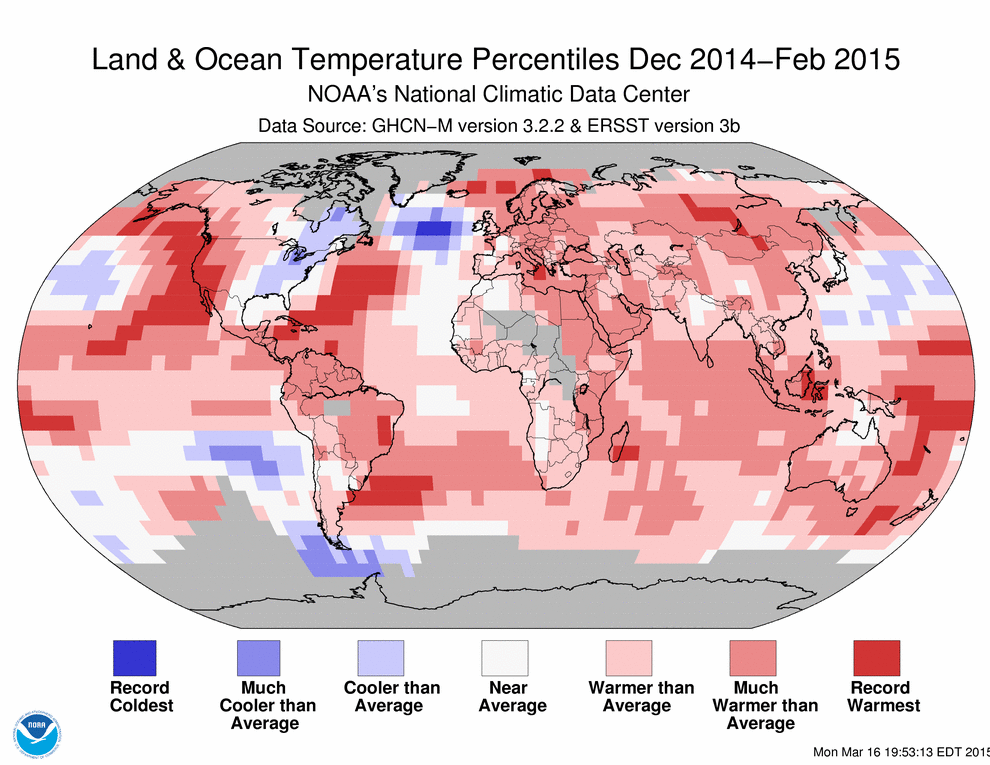 Figure 1: NADW stands for North Atlantic Deep Water. This is by Stefan Rahmstorf's at the Potsdam Institute for Climate Impact Research (source).
Figure 1: NADW stands for North Atlantic Deep Water. This is by Stefan Rahmstorf's at the Potsdam Institute for Climate Impact Research (source).A new study by Stefan Rahmstorf has observed a slowing of the thermohaline circulation. He argues that the North Atlantic ocean is cooling from a reduction of the Atlantic meridional overturning circulation (AMOC) despite the rest of the planet warming due to global warming. I agree that the North Atlantic has cooled as temperature studies have shown but its cooling is not enough to cause a reduction of the Gulf Stream which gives western Europe milder weather than the latitude would otherwise offer. A paper by Vellinga and Wood on the Global Climatic Imapcts Of a Collapse Of The North Atlantic Thermohaline Circulation explains that the North Atlantic temperature has decreased by 1-2 degrees C.
If the Greenland ice sheet melts to a high degree, the freshwater produced will freshen the cold saline water and make the water less salty which will in turn lessen the density of the water which will cause less to sink. This will cause a slowing of the circulation as explained in Rahmstorf''s article.

Figure 2: This is the global model of ocean temperature change in 2014/2015 showing the record coldest temperature in the North Atlantic (source).
 Figure 3: This is the temperature change between 1901 and 2000 (source). This again shows cooling of the North Atlantic despite everywhere else warming.
Figure 3: This is the temperature change between 1901 and 2000 (source). This again shows cooling of the North Atlantic despite everywhere else warming.A warming of the oceans could cause a reduction of the Gulf Stream which would cause cooler climates in western Europe. Further melting of the Greenland ice sheet in the future could contribute to further weakening of the AMOC.
The thermohaline circulation warming will accelerate thermal expansion of the oceans which will cause as positive feedback, melting the polar ice sheets due to warmer oceans. The albedo effect as explained in an earlier post would then enhance global warming.
This video illustrates the global ocean conveyor (thermohaline circulation) from Youtube.
The next post will focus on the melting of the Antarctic ice sheet and its possible impacts on both physical and human geography.
No comments:
Post a Comment